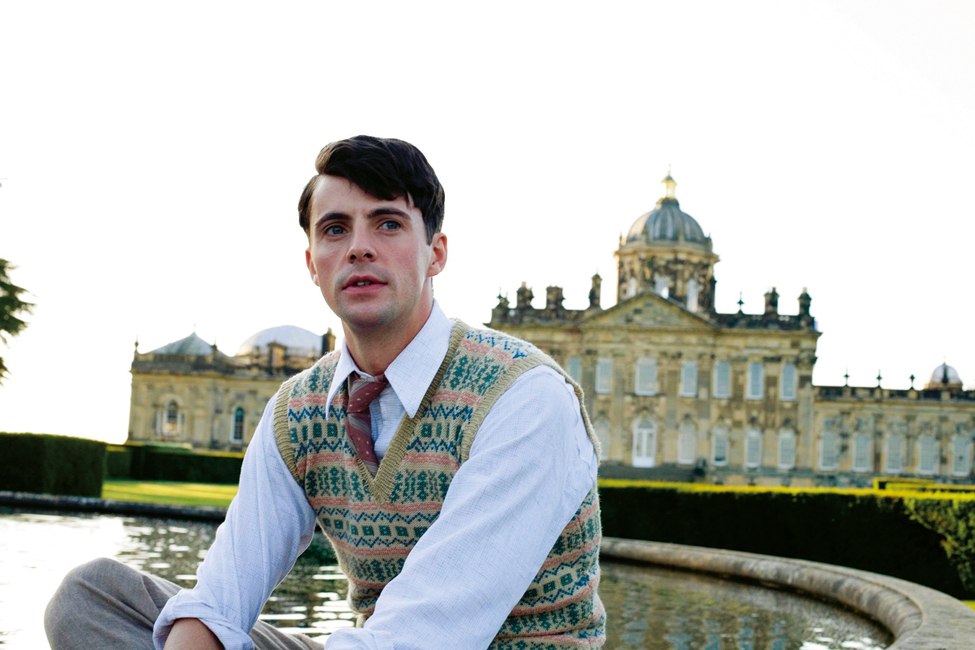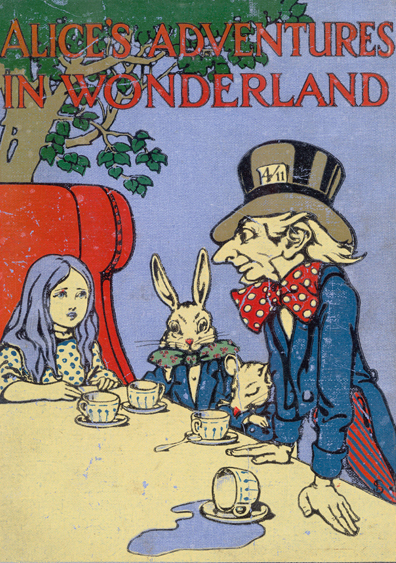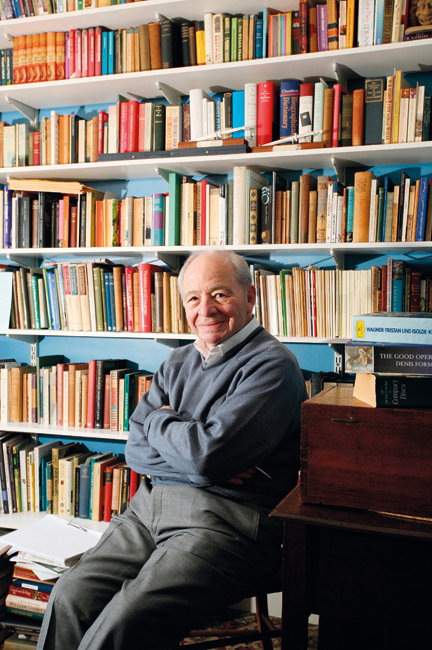
The Golden Compass, based on Philip Pullman’s His Dark Materials trilogy.
Kobal
Literary Oxford
Oxford has housed countless poets, novelists and playwrights, many of whom have studied there. Some have praised it, some have scorned it, and some have just drawn inspiration from it

The Golden Compass, based on Philip Pullman’s His Dark Materials trilogy.
Kobal

Brideshead Revisited is set in Oxford.
Kobal

The Mad Hatter and the March Hare at their tea party.
Kobal

Colin Dexter invented Inspector Morse.
Rex Features
In the university’s early days, its institutions were religious halls, and most of its written output was theological or philosophical in nature. In Chaucer’s Canterbury Tales (c.1387), The Clerk’s Tale depicts the Tale depicts the ’Clerke of Oxenforde’ as an unworldly and impoverished bookworm, a student of philosophy and a prototype for generations of students to come.
FANTASY WRITERS
Prominent among more recent authors who have loved and celebrated Oxford are three writers of fantasy fiction: Lewis Carroll, J.R.R. Tolkien and C.S.Lewis – all three of whom were Oxford dons. Charles Dodgson – better known as Lewis Carroll (1832–98) – was a Fellow (senior academic member) of Christ Church. He was a shy, almost reclusive man, happiest in the company of children. He grew close to Alice Liddell, the daughter of the Dean of Christ Church, and invented stories for her and her siblings, including his fantastic work, Alice’s Adventures in Wonderland. Inspiration for the book can be glimpsed across Oxford: the Cheshire Cat sat in the bough of the tree that still graces Christ Church’s Deanery Garden; the Treacle Well is still at Binsey and both ’the loveliest garden you ever saw’ and a tunnel that gave Carroll the idea for the one down which Alice falls are at Worcester College.
J.R.R. Tolkien (1892–1973), who studied at Exeter College and was Professor at Pembroke and Merton, also found inspiration for The Hobbit (1937) and The Lord of the Rings (1954–5) in Oxford. Middle Earth can be glimpsed at the nature reserve at Risinghurst; the giant, contorted oak trees at Blenheim Park may also have given him food for creative thought.
Risinghurst made its mark, too, on C.S. Lewis (1898–1963), a fellow of Magdalen, for this is where he invented his magical world of Narnia (The Chronicles of Narnia, published 1950–56). Both Tolkien and Lewis met up with fellow members of the Inklings Group in the venerable Eagle and Child pub.
THE CITY IN FICTION
Oxford itself has enjoyed a starring role in numerous works, including Thomas Hardy’s Jude the Obscure, in which the ill-fated protagonist aspires to break through the class barriers and study in the city of dreaming spires. It is the setting for Zuleika Dobson (1911), a satire of undergraduate life by Merton alumnus Max Beerbohm (1872–1956), and for Evelyn Waugh’s (1903–66) Brideshead Revisited (1945), with its romanticised view of privileged college life. There are many references to the city in Whitbread Prize-winner Philip Pullman’s (b.1946) His Dark Materials trilogy, and Oxford is well represented in the crime genre by Colin Dexter (b.1930), creator of Inspector Morse (novels published 1975–99), Veronica Stallwood and Dorothy L. Sayers.
WRITERS AT ODDS WITH OXFORD
Not that it has been smooth sailing for all Oxford-educated writers. In 1729 Samuel Johnson was sent down (expelled) from Pembroke because he couldn’t pay his bills. Percy Bysshe Shelley’s time at University College ended in 1811 when he was expelled for publishing a pamphlet in defence of atheism. And John Betjeman – a student of C.S. Lewis – was thrown out of Magdalen for failing a divinity exam in 1927.